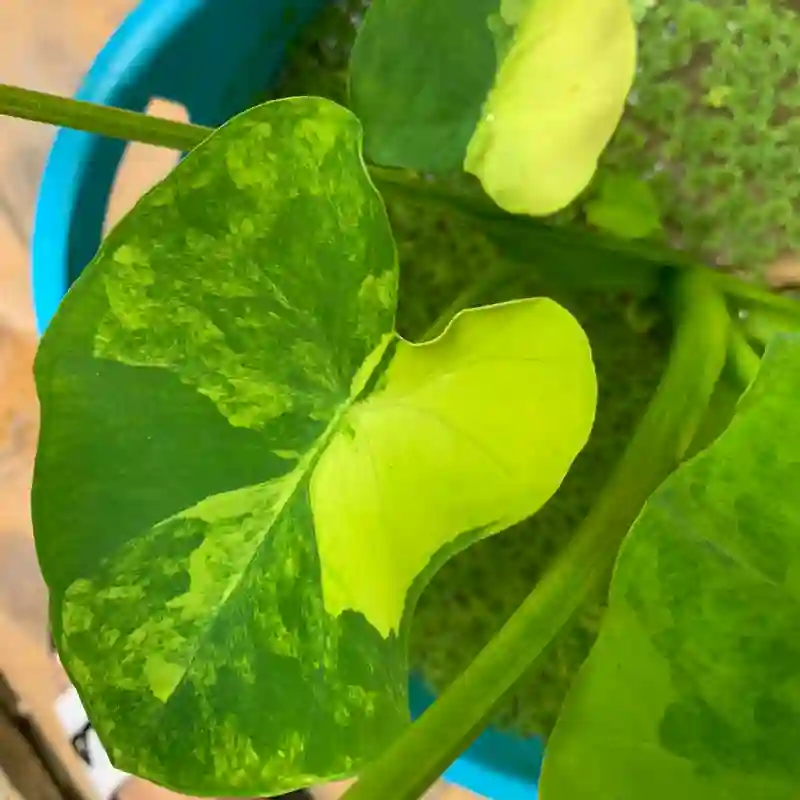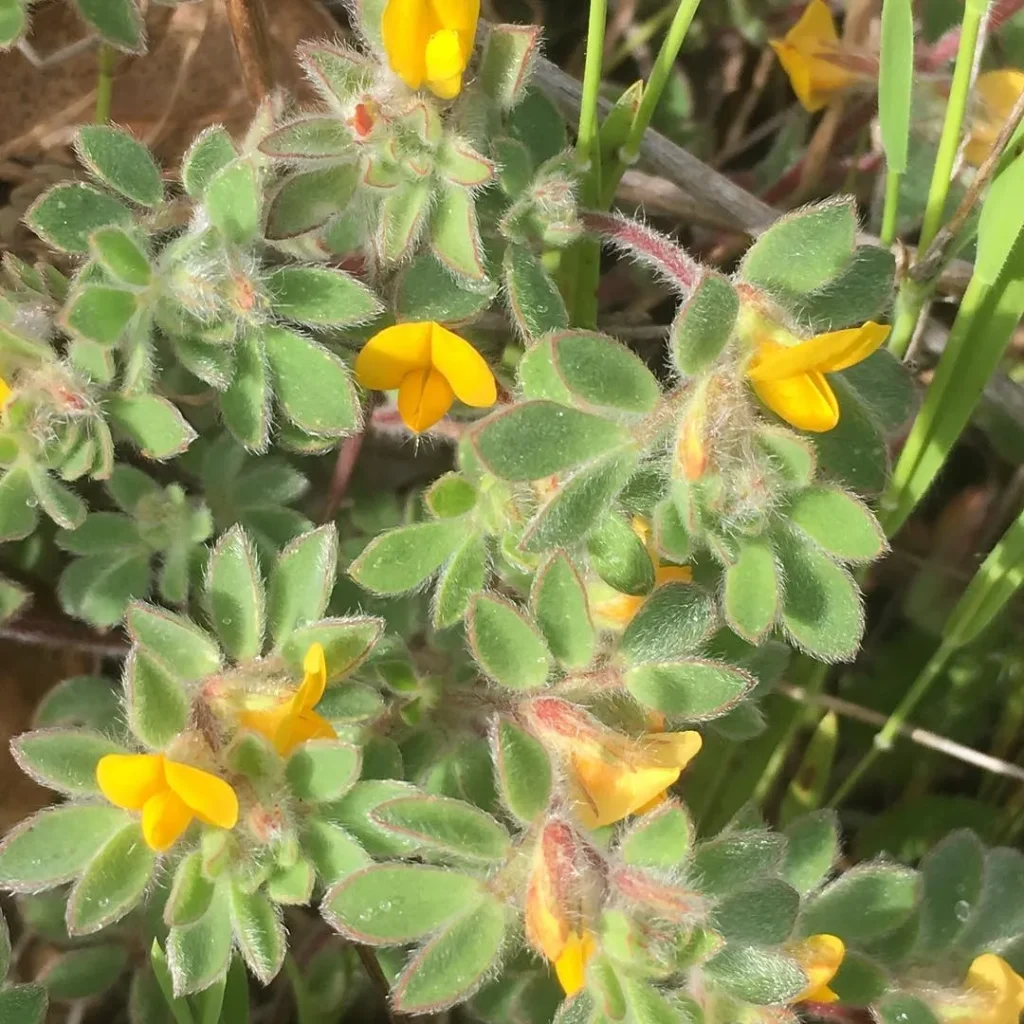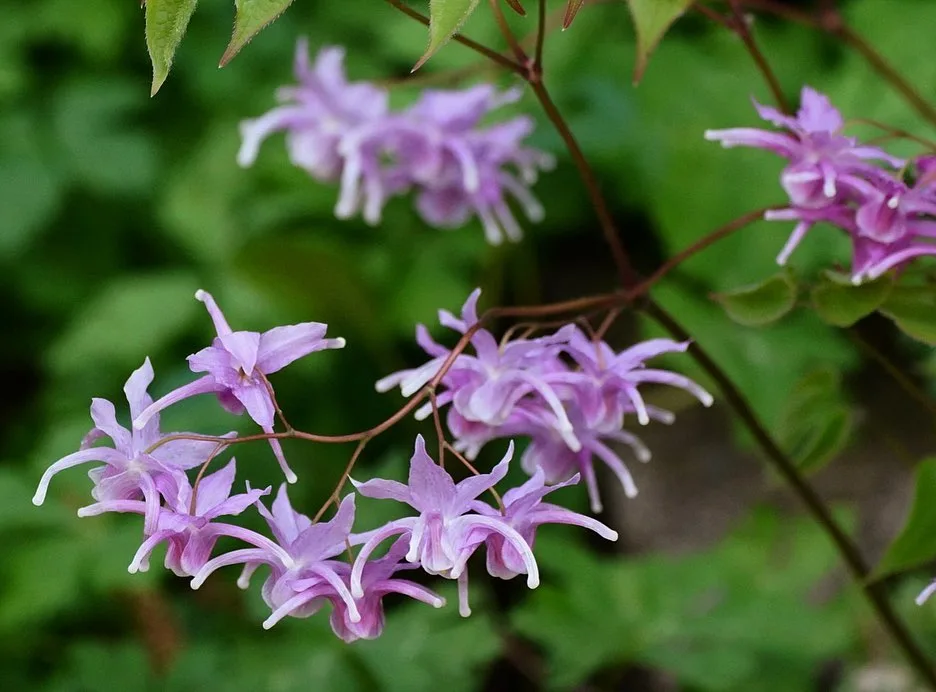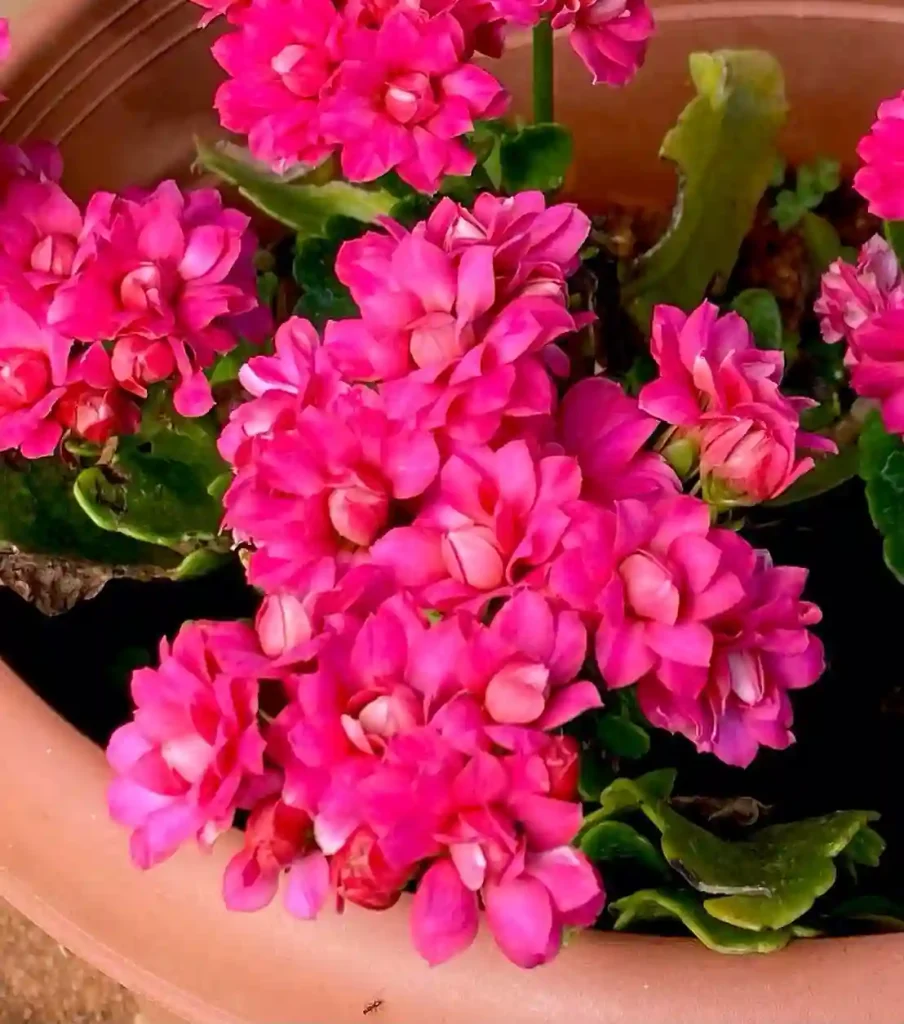Exploring the Pontederiaceae Family: A Dive into Heteranthera and Pontederia
The Pontederiaceae family, often referred to as the water hyacinth family, has always fascinated me. As someone who enjoys learning about unique aquatic plants, I’ve found this family to be an absolute treasure. Two standout genera within this family are Heteranthera and Pontederia. These plants thrive in aquatic or semi-aquatic environments, and their beauty, along with their ecological importance, adds richness to our water bodies. Let’s explore what makes these genera stand out.
Heteranthera: The Small but Mighty Genus
One of the first plants that captured my attention from the Heteranthera genus is the mud plantain (Heteranthera limosa). It’s a small, unassuming plant that tends to grow in shallow waters and marshlands. Despite its modest appearance, Heteranthera plants are incredibly resilient and can adapt to both aquatic and terrestrial environments. This versatility makes them fascinating to study and grow.
Adaptive Traits
The Heteranthera genus is known for its adaptability. In particular, Heteranthera zosterifolia, or Stargrass, is a popular choice for aquariums because it thrives in a range of water conditions. I’ve personally grown Stargrass in my aquarium, and it’s one of those plants that, with minimal care, continues to flourish. Its narrow, grass-like leaves give it an elegant appearance, and it grows rapidly under the right conditions.
The fact that Heteranthera species can exist in both submerged and emergent states speaks volumes about their evolutionary success. Many species in this genus have floating leaves when submerged, but once the water recedes, they’ll quickly adapt to terrestrial life. This amphibious quality makes them a remarkable case of plant evolution in response to changing environments.
Ecological Importance
In my experience, Heteranthera species also play an important role in wetland ecosystems. These plants help stabilize the soil and prevent erosion along waterways. Additionally, their presence in aquatic environments provides habitat and shelter for small fish and invertebrates. In some cases, they also help filter water by trapping sediments and absorbing nutrients, contributing to a cleaner aquatic ecosystem.
Pontederia: The Showstopper of Aquatic Plants
Moving on to the Pontederia genus, there’s no way I can talk about this family without highlighting the water hyacinth (Pontederia crassipes). It’s probably the most well-known plant from the Pontederiaceae family and with good reason. Known for its striking lavender flowers and glossy, rounded leaves, water hyacinth is a standout aquatic plant.
Beauty and Challenges
I’ve grown water hyacinth in my garden pond, and I can attest to its beauty and ability to rapidly cover water surfaces. This plant floats on water and produces roots that dangle down into the water, helping to filter the water as it grows. However, its rapid growth can also become a problem. In many regions, Pontederia crassipes is considered an invasive species because it can choke out native plants and disrupt ecosystems if not controlled.
What I love about Pontederia, though, is the balance it offers in certain environments when properly managed. Its vibrant flowers attract pollinators like bees and butterflies, adding not just color but life to a water garden. Moreover, its ability to purify water makes it a beneficial plant in controlled aquatic settings.
Native Species and Their Role
Beyond the water hyacinth, species like Pontederia cordata (Pickerelweed) are native to many parts of North America. Pickerelweed is another beautiful aquatic plant that I’ve admired for its heart-shaped leaves and violet-blue flowers. Unlike the water hyacinth, Pickerelweed grows more slowly and doesn’t pose the same risks to native ecosystems.
This plant is a favorite in wetland restoration projects because it provides cover for wildlife, including ducks and frogs. In my experience, Pontederia cordata thrives in shallow waters, making it perfect for pond edges and marshy areas. It’s a more manageable alternative to water hyacinth if you’re looking for a native option to beautify a pond or water garden.
Benefits of the Pontederiaceae Family
One thing I’ve learned from cultivating both Heteranthera and Pontederia species is their resilience. These plants are remarkably low-maintenance and provide substantial benefits to aquatic ecosystems. Here are a few of the major advantages I’ve noticed:
- Water Filtration: Both genera help filter out nutrients and sediments from the water, contributing to a cleaner and healthier environment.
- Erosion Control: The root systems of these plants stabilize soil along the banks of water bodies, reducing the risk of erosion.
- Wildlife Habitat: These plants provide shelter and breeding grounds for aquatic and semi-aquatic wildlife, from small fish to birds.
Challenges and Conservation
However, not everything about the Pontederiaceae family is without challenges. As I’ve mentioned, species like water hyacinth can be highly invasive if left unchecked. This plant has spread across waterways worldwide, outcompeting native species and creating thick mats on the water’s surface, which block sunlight and reduce oxygen levels in the water.
The balance between appreciating the beauty of Pontederia crassipes and controlling its spread is delicate. That’s why understanding the ecological impact of these plants is crucial. In many areas, efforts are underway to manage and remove invasive species like water hyacinth to protect native ecosystems.
Conclusion: A Family Worth Appreciating
For anyone fascinated by aquatic plants, the Pontederiaceae family offers a wealth of options. Whether you’re drawn to the adaptability of Heteranthera or the striking beauty of Pontederia, there’s something truly captivating about these plants. From my experience, cultivating these species can add both beauty and functionality to any water feature or natural habitat. However, it’s essential to manage their growth carefully to ensure that these plants contribute positively to the ecosystems they inhabit.
In the end, the Pontederiaceae family stands as a testament to the remarkable diversity and resilience of aquatic plants. Whether you’re a gardener, ecologist, or plant enthusiast, this family is one worth exploring and respecting.
If i die, water my plants!



